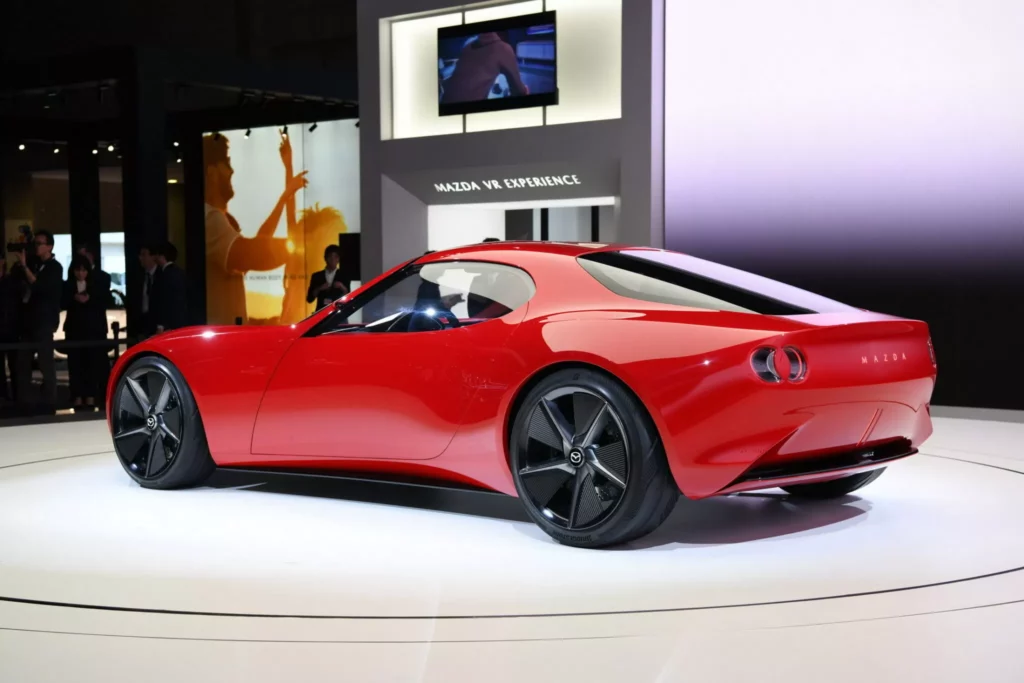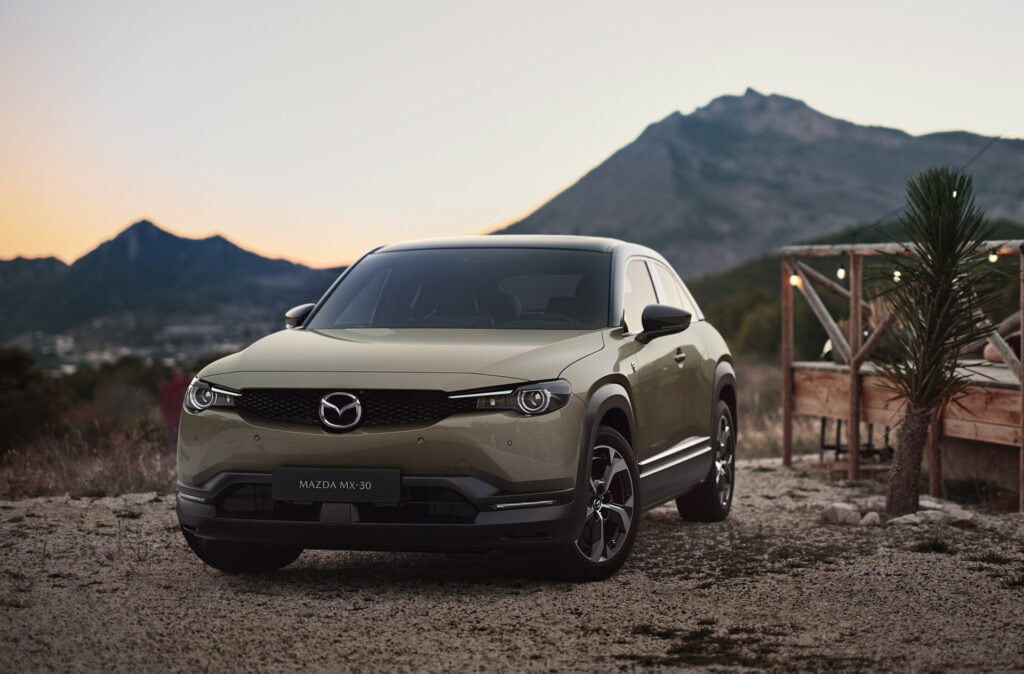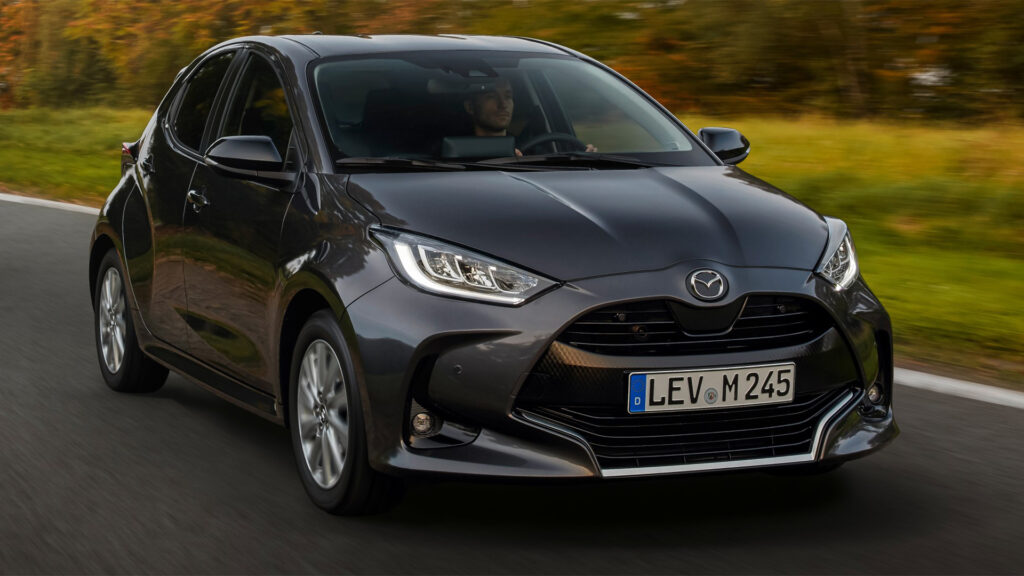Future Mazda models will use new in-vehicle software and hardware systems developed alongside Toyota and feature the same operating system.
The two Japanese car manufacturers will collaborate on the future system to dramatically reduce costs. The in-vehicle systems won’t just include the operating system of the infotainment and driver displays but also the electronic control unit and wiring harnesses. Nikkei Asia understands that battery-electric vehicles launched by Mazda from 2027 will have in-vehicle systems that are 90% identical to those found in Toyota models.
Developing software is a costly enterprise. In fact, some car manufacturers and auto parts suppliers spend up to $2 billion a year on software development. Mazda believes that by working with Toyota, it will save hundreds of millions of dollars annually and could lower its development costs by between 70% and 80%.
Read: Mazda Boss Says It Plans To Debut 7-8 New EVs By 2030 With Toyota’s Help

In-vehicle systems and infotainment operating systems are expected to be more important in the future than at any time in the past. New and improved systems will allow carmakers to sell content to owners and even enable new vehicle functions, like improved driver-assistance technologies. Boston Consulting Group recently told Nikkei Asia that it expects software-defined vehicles to create more than $650 billion in value potential for the automotive industry by 2030.
Toyota and Mazda have been working together for a number of years and in 2015, joined forces to share powertrain technologies. Their partnership has strengthened in recent years to the point where the current Mazda2 is nothing more than a rebadged version of the Toyota Yaris.
Speaking of Mazda’s EV plans late last year, chief executive Masahiro Moro said the firm intends to have seven or eight EVs in its range by 2030 and expects them to account for 25-40% of its global sales. The firm’s future EVs will be developed and sold through the e-Mazda division and built on a scalable platform.




